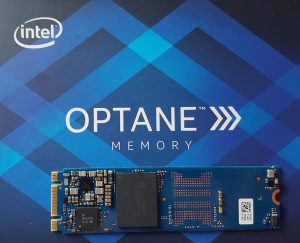Get- and Set-VMLatencySensitivity PowerShell Function
The Get-VMLatencySensitivity, Get-VMLatencySensitivityBulk and Set-VMLatencySensitivity PowerShell functions configure can return and set the latency sensitivity level of a virtual machine. You can adjust the latency sensitivity of a virtual machine to optimize the scheduling delay for latency sensitive applications.
The function is part of my Virten.net.VimAutomation module, which is a set of PowerShell function built for managing, troubleshooting and automating VMware based platforms. The module can be easily obtained from the PowerShell Gallery and is available on GitHub.

Read More »Get- and Set-VMLatencySensitivity PowerShell Function





